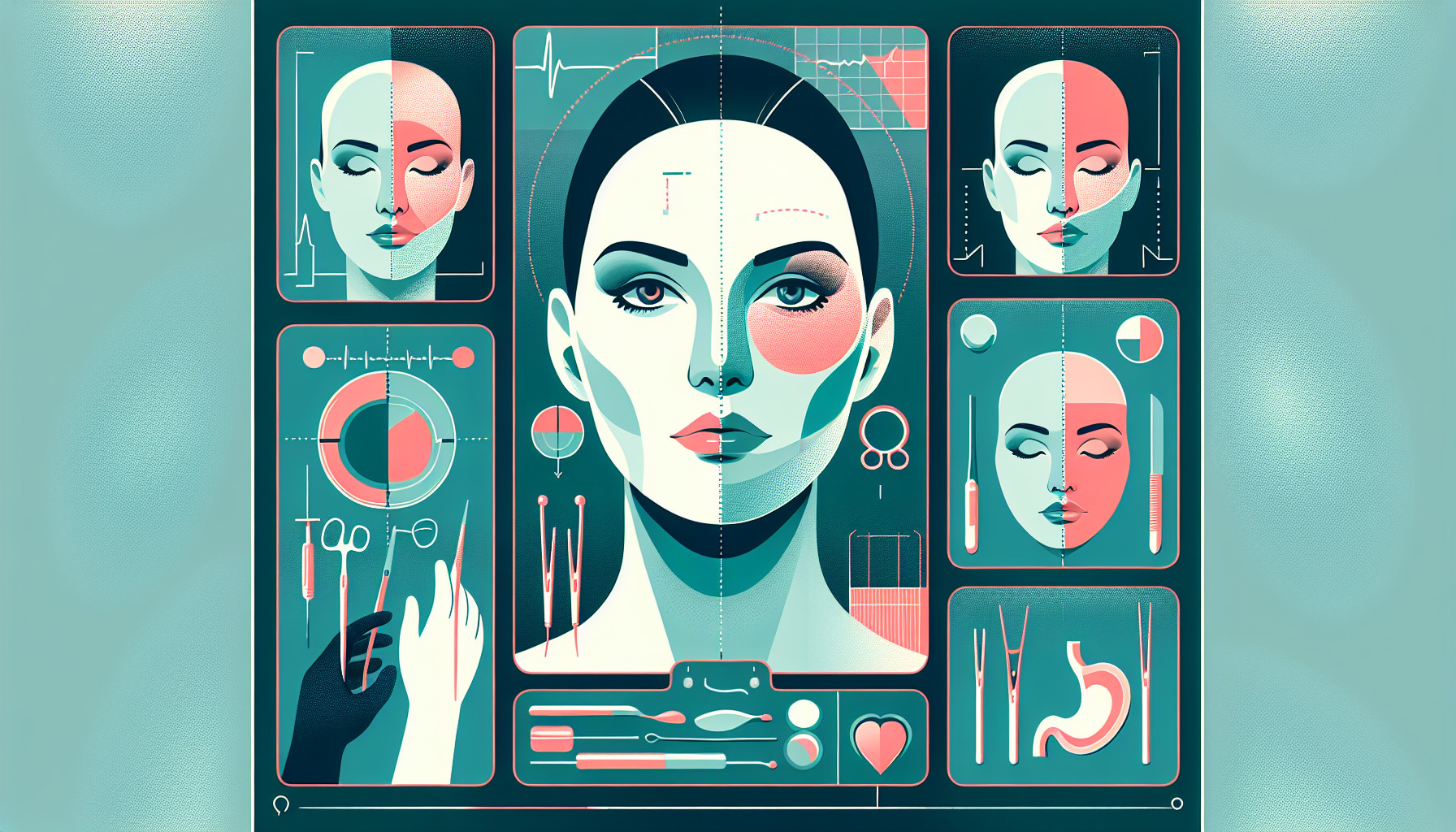Our Summary
This research paper discusses the challenges and potential solutions for repairing bone tissue in the head and face area (known as craniofacial tissue). This area is particularly complex due to its makeup of both bone and soft tissues, and its significant differences between individuals. Conditions such as birth defects, tumor removal surgeries, and injuries can cause major bone tissue loss in this area. Even with advances in surgical reconstruction techniques, managing such bone loss continues to be a challenge. The paper suggests that bioprinting - a technology that allows the creation of living tissue - could potentially offer a solution. The current state of bioprinting for bone tissue is reviewed and the paper explores how these techniques could be adapted for regenerative therapies in craniofacial applications.
FAQs
- What is craniofacial tissue and what are the main reasons for deficits in this tissue?
- How does bioprinting offer a solution for managing craniofacial osseous deficits?
- How does the current state of bioprinting of bone tissue serve regenerative therapies for craniofacial applications?
Doctor’s Tip
A doctor may advise a patient undergoing craniofacial surgery to follow post-operative care instructions carefully, including proper wound care, medication management, and follow-up appointments. It is important for the patient to communicate any concerns or changes in symptoms to their healthcare provider promptly. Additionally, maintaining a healthy lifestyle, including a balanced diet and regular exercise, can aid in the healing process and overall recovery.
Suitable For
Patients who may be recommended for craniofacial surgery include those with congenital abnormalities such as cleft lip and palate, craniosynostosis, or craniofacial microsomia. Additionally, patients who have undergone tumor resection surgeries or have experienced traumatic injuries to the craniofacial skeleton may also benefit from craniofacial surgery. These surgeries aim to improve the function and appearance of the craniofacial region, leading to better quality of life for the patient.
Timeline
Before craniofacial surgery, a patient may experience physical and emotional distress due to congenital abnormalities, traumatic injuries, or tumors affecting the craniofacial region. They may undergo various imaging tests such as CT scans and MRIs to assess the extent of the condition. Consultations with a team of specialists including plastic surgeons, maxillofacial surgeons, and neurosurgeons will be conducted to create a treatment plan.
After craniofacial surgery, the patient will undergo a recovery period in the hospital, where they will be closely monitored for any complications. Pain management and wound care will be provided, and the patient may need to follow a specific diet or activity restrictions. Physical therapy may be recommended to aid in the healing process and to improve function and mobility in the affected area. Follow-up appointments will be scheduled to monitor the progress of healing and to address any concerns or issues that may arise. Overall, the patient will experience a gradual improvement in their craniofacial appearance and function as they continue to recover and heal from the surgery.
What to Ask Your Doctor
- What specific craniofacial condition or issue do I have that requires surgery?
- What are the potential risks and complications associated with craniofacial surgery?
- What are the expected outcomes and recovery time after craniofacial surgery?
- What type of surgical techniques will be used for my specific case?
- Will I require any additional procedures or treatments before or after the surgery?
- What are the alternatives to craniofacial surgery, and why is surgery the best option for me?
- How many craniofacial surgeries have you performed, and what is your success rate?
- Will I need to follow a specific post-operative care plan, and how long will it take for me to fully recover?
- Are there any long-term effects or considerations I should be aware of after the surgery?
- Are there any support groups or resources available for patients undergoing craniofacial surgery?
Reference
Authors: Datta P, Ozbolat V, Ayan B, Dhawan A, Ozbolat IT. Journal: Biotechnol Bioeng. 2017 Nov;114(11):2424-2431. doi: 10.1002/bit.26349. Epub 2017 Aug 29. PMID: 28600873
